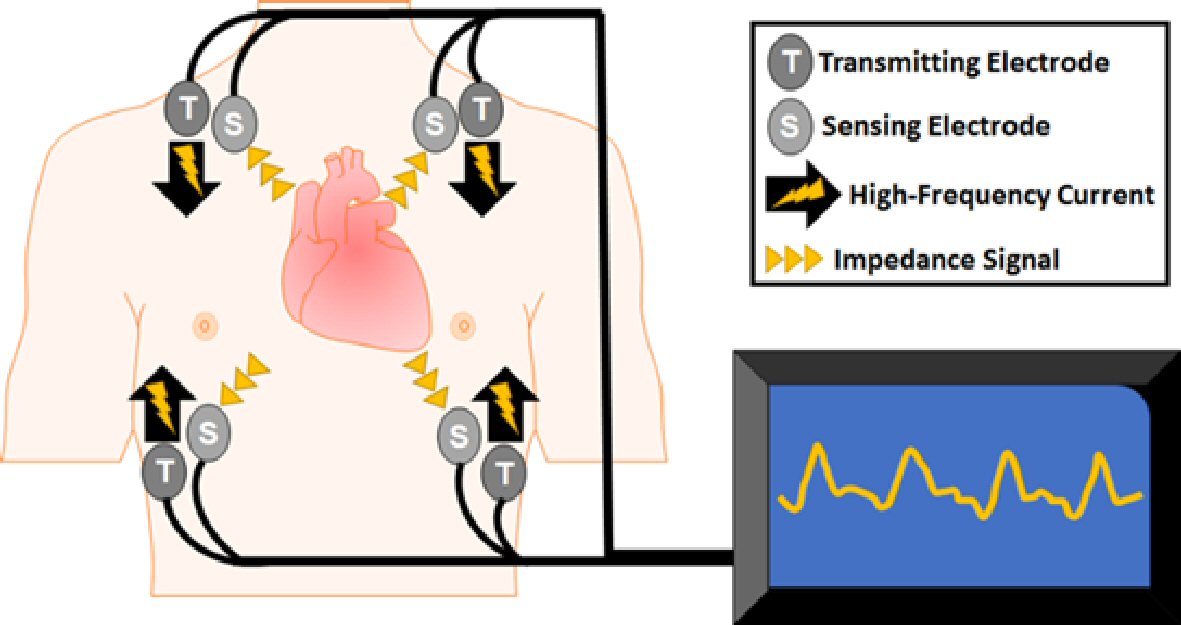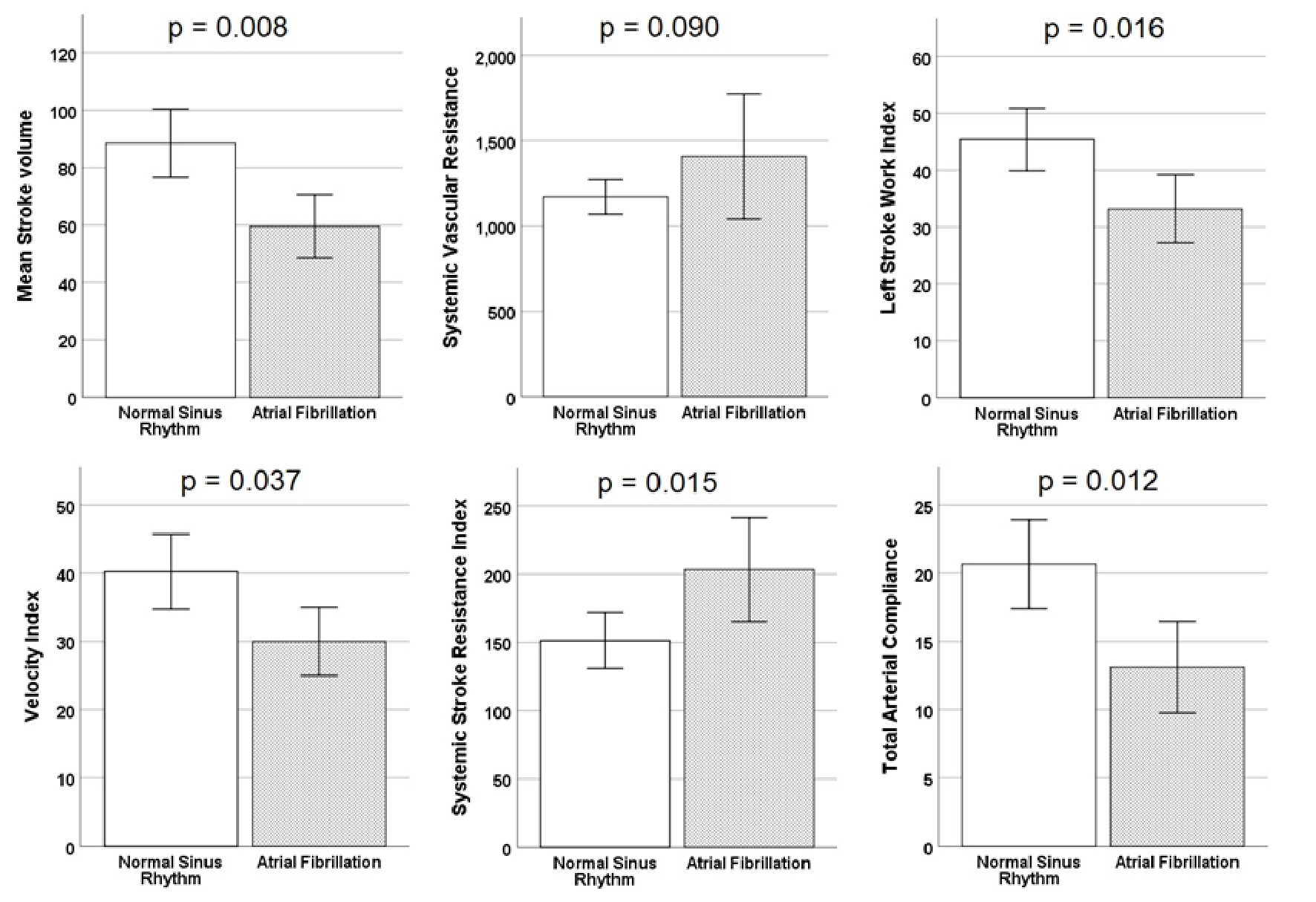
Figure 1. Impedance cardiography. Impedance cardiography is a non-invasive method to record changes in thoracic impedance using transmitting and sensing electrodes that are applied to the bases of the neck and thorax bilaterally.
| Cardiology Research, ISSN 1923-2829 print, 1923-2837 online, Open Access |
| Article copyright, the authors; Journal compilation copyright, Cardiol Res and Elmer Press Inc |
| Journal website https://www.cardiologyres.org |
Original Article
Volume 11, Number 6, December 2020, pages 370-375
A Novel Non-Invasive Assessment of Cardiac Hemodynamics in Patients With Heart Failure and Atrial Fibrillation
Figures



Tables
| ICG variable | Definition |
|---|---|
| BSA: body surface area. | |
| Stroke volume (SV) | Blood volume pumped in a single beat (absolute) and after adjustment to BSA (indexed). |
| Systemic vascular resistance (SVR) | The vascular resistance of the systemic vasculature as seen by the left ventricle (absolute) and after adjustment to BSA (indexed). |
| Left stroke work index (LSWI) | The measure of work which the left ventricle must expend to pump blood per heartbeat. |
| Velocity index (VI) | A normalized peak aortic flow as a preload volume-dependent measure of contractility. |
| Systemic stroke resistance Index (SSRI) | A measure of afterload on a per beat basis. |
| Total arterial compliance (TAC) | An index of the elasticity of large arteries measured based on the ratio between SV-to-aortic pulse pressure. |
| Variable | Total (n = 32) |
|---|---|
| NYHA: New York Heart Association; ICG: impedance cardiography; SV: stroke volume; SVR: systemic vascular resistance; LSWI: left stroke work index; VI: velocity index; SSRI: systemic stroke resistance index; TAC: total arterial compliance. | |
| Age (years) | 62 ± 14 |
| Male sex | 21 (66%) |
| Class I NYHA | 28 (88%) |
| Ejection fraction | 0.33 ± 0.13 |
| Comorbidities | |
| Diabetes mellitus | 10 (31%) |
| Hypertension | 22 (69%) |
| Coronary artery disease | 6 (19%) |
| Valvular heart disease | 4 (13%) |
| Pulmonary hypertension | 6 (19%) |
| Renal disease | 9 (28%) |
| ICG parameters | |
| SV (mL) | 80 ± 29 |
| SVR (dynes s cm-5) | 1,237 ± 362 |
| LSWI (g m/m2) | 42 ± 13 |
| VI (/s) | 37 ± 13 |
| SSRI (dyne s cm-8 L min-1 m2) | 166 ± 56 |
| TAC (mL/mm Hg) | 18.5 ± 7.8 |